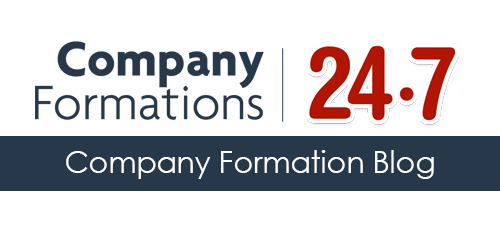There are many financial obligations which a business is responsible for. If a business has many employees, knowing about the PAYE system is vital and so too is being aware of the type of National Insurance contributions (NIC’s) which have to be paid.
The different types of National Insurance
The type of NIC’s which a business has to pay varies from one to another. Here is a breakdown about each National Insurance type which you may have to pay. Whether employees or employers have to pay a particular NIC is also detailed.
Class 1 – Payable at a rate of 12%, Class 1 NIC’s (Employees) are applied to an employee’s basic wage rate before the Earning Threshold. Class 1 Secondary Contributions (Employers) are paid if an Earning Threshold is surpassed and are normally paid monthly along with Class 1 Primary Contributions. Class 1A Contributions (Employers) are paid annually and are applied on the cost of purchasing a company car or for private medical insurance. Class 1B Contributions (Employers) are only payable when employers have entered into a PAYE Settlement Agreement with HMRC (Her Majesty’s Revenue and Customs) due to certain expenses and benefits.
Class 2 – This is only applicable for Self-Employed professionals such as Sole Traders. Payments can be made monthly and quarterly. When earnings surpass the minimum rate which qualifies Self-Employed professionals to pay tax, an application can be made which means that Class 2 NIC’s do not have to be paid.
Class 3 – This is a voluntary NIC and is not mandatory. Class 3 NIC’s are normally paid by businesses or people who have not provided sufficient payments in order to receive the State Pension and/or other benefits.
Class 4 – When Self-Employed professionals report profit margins which are over a certain amount of money, Class 4 NIC’s have to be paid. Notifications about when Class 4 NIC’s have to be paid become evident when a Self-Assessment Tax Return is submitted to HMRC.
The responsibilities of employers
When a business has a workforce of any size, they must be fully aware of the NIC’s which have to be paid. NIC’s are payable on the earnings which employees have as well as their benefits and expenses. Companies have legal obligations in regards to NIC’s because it is their responsibility to pay Class 1 NIC’s once they have been deducted from employees’ wages. Before a business starts trading, consideration must be made about the types of NIC’s which they are liable for. If the wrong type of NIC has been paid or a business believes that they should be paying a particular NIC, HMRC must be notified immediately.
How Self-Employed professionals pay for National Insurance
Once HMRC have been told that a Self-Employed business has begun trading because money has been paid for services, they will be instantly considered for Class 2 NIC’s (which do not contribute towards the State Pension). However, there are exceptions because in the 2012/13 financial year, a Self-Employed professional is not considered for Class 2 NIC’s if their profits are less than £5,595. Therefore, they can apply for a Certificate of Small Earnings Exception. If profit margins are above this figure, they will be charged a flat rate of £2.65 a week.
When profits are between £7,605 and £42,475 during the 2012/13 financial year, Class 4 NIC’s have to be paid by a Self-Employed business and a rate of 9% is applied. If profit margins exceed £42,475, an additional 2% is charged. Class 4 NIC’s do not have to be paid if you are under sixteen years of age or if you are working when you have reached State retirement age. A non-resident of the United Kingdom doesn’t have to pay Class 4 NIC’s at all.
By considering the NIC’s which a business has to pay will enable them to know exactly what their legal obligations are.



